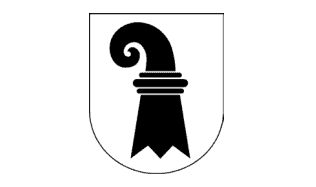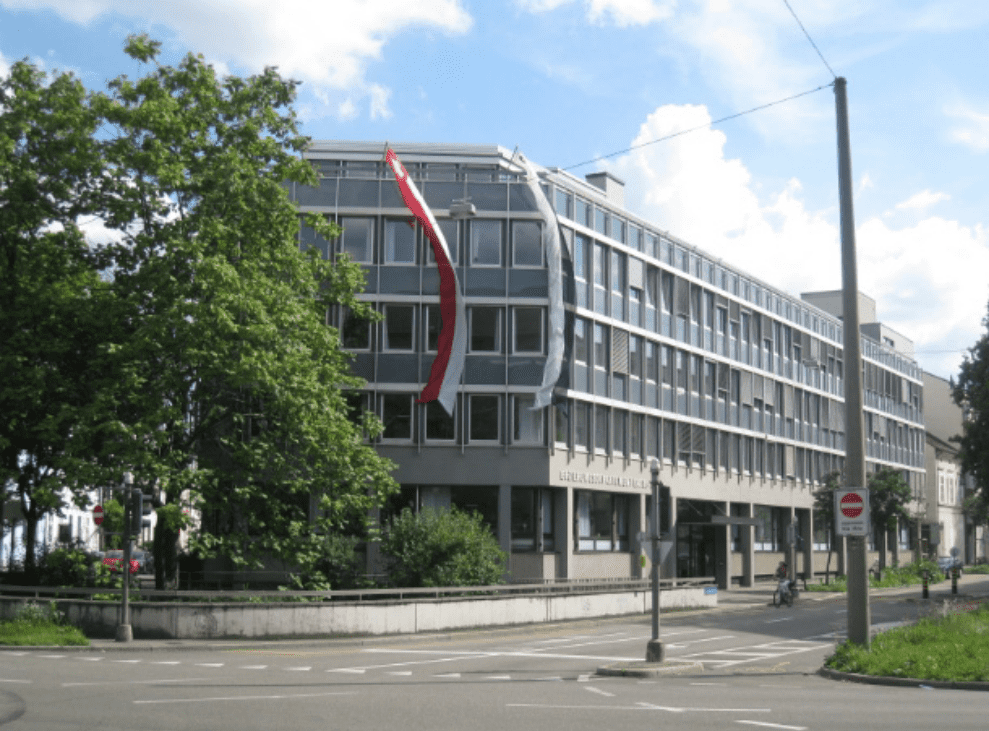IGEL Secure Endpoint OS
for Now and Next
IGEL is a transformative secure endpoint OS designed for SaaS, DaaS, VDI and secure browser environments. IGEL significantly reduces endpoint TCO and your endpoint attack surface.


To fulfill its many tasks efficiently and cost-effectively, the Basel-Stadt Education Department (BSED) deploys the latest information technology. In its role as Citrix Competence Center for the canton of Basel-Stadt, the BSED IT department also demonstrates how forward-looking IT strategies can be implemented successfully.
In its effort to provide more efficient IT services, the BSED has bundled more than 250 applications and specialist program modules in its data center over the last eleven years. In addition to its own applications, the center also publishes around 70 applications for the cantonal administration. Basic IT areas such as infrastructure, network and security are the responsibility of the canton, but the BSED manages its client environment independently in line with the canton’s requirements. In view of the end of support for Windows XP, the department opted – within the context of the “WorkplaceBS” project – not for the usual PC update, but for virtualization of the new Windows 7 operating system with Citrix XenApp. With the help of IGEL Technology‘s Universal Desktop Converter, the BSED transformed existing PCs into lean, easy-to-manage endpoints.
The BSED has a total of 1180 PCs in the administration section, most of which were already configured to provide access to the central IT infrastructure. But management and maintenance of the overall system, including PC hardware, Windows XP and Citrix Receiver, made great demands on the 10-member SBED IT team. “Our goal was to lower the total cost of ownership long-term,” reports Thomas Anliker, head of IT. “And that’s why, in 2012, we made the decision to standardize the client environment software. In our eyes, that was the most attractive solution because it allowed us to continue using the recently purchased PCs without the need for additional hardware investment; and we were still able to migrate to Microsoft Windows 7 and Office 2010.” On the lookout for suitable endpoint software, the BSED gathered information at technical events like Citrix Solutions Day and from organizations already using endpoints, including the University Children’s Hospital Basel and the General Technical School of the canton of BaselStadt.
After thorough evaluation of three solutions from different vendors, the BSED decided in favor of the IGEL Universal Desktop Converter, whose second generation (IGEL UDC2) has been available since 2013. The reasons cited by Thomas Anliker for choosing the standardization software by IGEL, the leading thin and zero client vendor in the German-speaking world, were the quality and simplicity of the IGEL remote management solution Universal Management Suite (UMS) that ships with the converter.
Thomas Anliker regards these characteristics as critical to success since the BSED administration extends across more than 40 different agencies at over 100 locations. In the past, providing assistance to these agencies resulted in high travel, maintenance and support costs. Once the decision had been made in favor of the endpoint operating system, a 12-month proof- of-concept was launched at 20 workstations.
The BSED now has 820 Universal Desktop Software endpoints and more than 100 IGEL endpoints for workstations with special requirements. To convert the 3-year old PCs, the IT team used a vendor-provided USB token with an integrated SIM card on which the respective UDC licenses were stored. “After booting from the inserted USB token, the IGEL OS installs itself on the local hard drive within a few minutes,” explains Dieter Tolksdorf, IGEL Sales Manager in Switzerland. “The endpoints are then detected by the UMS and set themselves up automatically using the stored configuration profile, thus drastically shortening roll-out.”
To prevent potential compatibility problems with the applications to be made available, the BSED migrated the approximately 100 provisioned Citrix servers to the 64-bit Windows Server 2008 R2 using the VMware vSphere virtualization solution. To ensure good performance, the BSED reserved up to 2GB RAM and 4 vCPU cores per server (at an oversubscription rate of 1.5) for each user. According to Thomas Anliker, a user/ server ratio of 10:1 leaves a reserve of 30% for future requirements.
How powerful the overall system comprising Citrix XenApp and the IGEL endpoints actually is can be seen by the fact that, for example, image processing takes place in the BSED‘s private cloud. “On about 5% of the workstations, we publish desktop publishing applications including Adobe Photoshop,” explains the head of IT. There are, of course, limits to central provisioning in terms of economics and peripherals, for example, in the case of CAD workplaces, POS and monitoring systems, or barrier systems for special cases such as these, the BSED continues to use PCs with locally installed Windows programs. Thomas Anliker himself works with an IGEL endpoint and two large 24-inch display monitors. However, it’s not a converted PC that sits on his desk but an IGEL UD5 hardware endpoint. Thanks to its dual-core processor and flexible connectivity, the vendor’s top model features extremely high performance and versatility.
In line with the client strategy of the BSED, the PCs will be replaced successively by more compact, energysaving IGEL hardware after three years of operation as software endpoints. Replacement is simplicity itself. The new endpoints need only be connected and will then configure themselves automatically – without expensive on-site staff deployment. Based on the requirements of a user scenario, the IT team can choose the best-suited device from the IGEL hardware portfolio without having to think about remote management issues. This is because all deployed IGEL models – whether UD2/IZ2, UD3/IZ3 or UD5 – can be configured for rollout with the IGEL UMS in exactly the same way and can then be managed remotely. “The UMS has proven its worth as a powerful and intuitive tool with extensive functionality,” explains Thomas Anliker. “We make particular use of the integrated VNC Viewer, default and custom overviews, central firmware updates and, of course, profile-based management which we use mainly to assign monitor settings.”
Less than a year after the widespread migration to IGEL software endpoints, the BSED is convinced that its test project was the right one. “Our goal of substantially lowering TCO has been achieved,” Thomas Anliker asserts. “The number of support tickets has also fallen even more than had been hoped for.” The head of IT also stresses that it is the simplicity with which equipment can be replaced in less than 15 minutes without the need for external service providers that has especially reduced IT-staff workload. On the other hand, users benefit from higher availability and flexibility. And, thanks to remote access, they can now “take their workplace with them” wherever they go. About 15% of users are already making use of this option – via their Internet browser either at home or elsewhere.
Following successful roll-out, the BSED is now focusing on extending the use of the new technologies and gradually ramping up the current endpoint share of 84%. “With the help of Citrix and IGEL we were able not only to optimize our existing financial and personnel resources but also, at the same time, to improve performance and ensure reliable IT operation,” says Thomas Anliker to underscore the overarching importance of the project. “Apart from a few details, we would do everything in